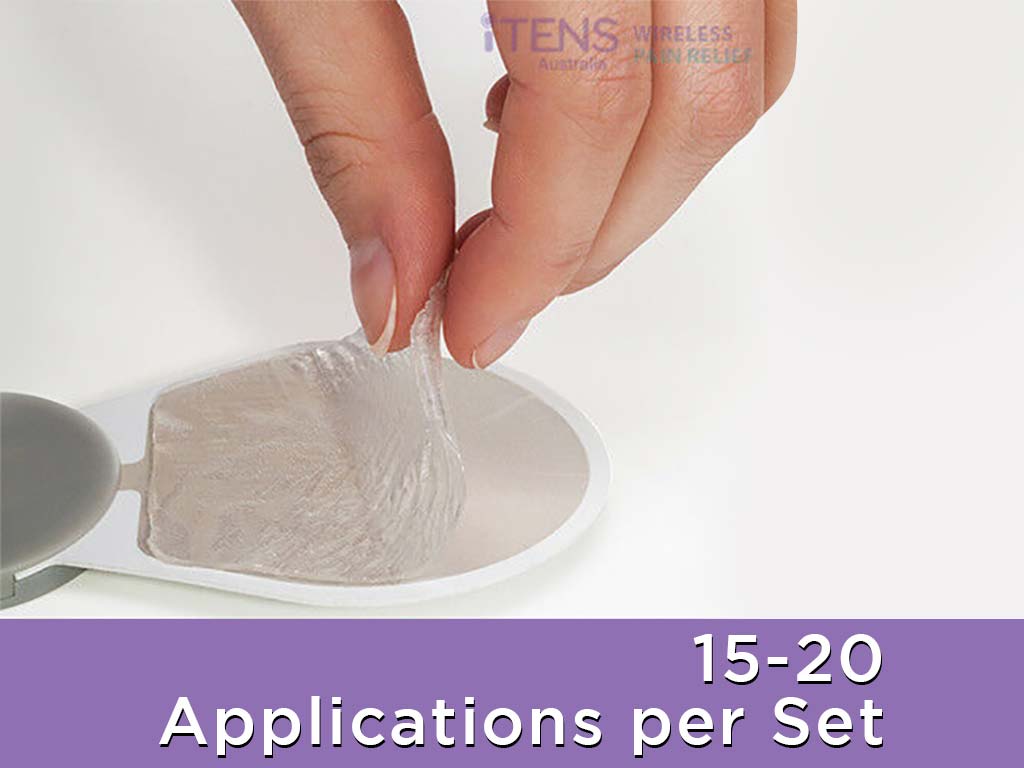
Transcutaneous Electrical Nerve Stimulation (TENS) devices are commonly used for pain relief, but they can also come with some unwanted potential effects. Skin irritation, burns, muscle twitching, spasms, and interference with implanted devices are potential TENS machine side effects. To prevent these, it is important to follow the instructions provided by the manufacturer and use the machine correctly. Accordingly, individuals with implanted devices should consult with their healthcare provider before using a TENS machine to prevent any potential interference.
A TENS machine serves as a medication-free pain relief alternative for many individuals. It is a portable device powered by batteries. Their side effects are rare, but people should still exercise caution and follow proper guidelines. This article will present the potential side effects of TENS units, including skin irritation, burns, muscle twitching, spasms, and interference with implanted devices. It will also provide information on how to prevent these side effects.
Preventing TENS Machine Side Effects – Skin Irritation and Burns
TENS therapy is a method of pain relief that uses electrical impulses to target pain signals in the body. It can be effective in managing various chronic pain and acute pain in adults. These include neuropathic pain, musculoskeletal pain, arthritis pain, labour pain, postoperative pain, sciatica, bursitis, and more. However, there are potential TENS machine side effects like skin irritation and burns.
Skin irritation occurs when the electrode pads are not properly placed or when they are left on for too long. This can cause the skin to become red, itchy, or even develop a rash. On the other hand, burns can occur when the electrical current is set too high. Additionally, they can happen when users apply the electrodes on broken or damaged skin.
To avoid skin irritation and burns when using a TENS unit, it is important to follow some guidelines. Firstly, correctly place the electrodes on clean, healthy skin. Avoid applying the pads on broken or irritated areas. Secondly, start with the lowest intensity setting and increase gradually until a comfortable level of stimulation. Lastly, do not wear the electrode pads for extended periods.
Electrode Placement Guide
- Start by identifying the area of pain or discomfort.
- Clean the skin in the treatment area with mild soap and water, then pat dry.
- Remove the plastic backing from the electrode pads to expose the adhesive.
- Place the pads on either side of the area of pain, making sure they are at least one inch apart.
- Position the pads so that they fully cover the painful area, ensuring that they make good contact with the skin.
- If using more than two pads, follow the same guidelines for placement.
- After use, remove the pads from the skin and store them in a cool, dry place.

Preventing TENS Machine Side Effects – Muscle Twitching and Spasms
Other potential side effects of TENS units that users should be aware of are muscle twitching and spasms. Muscle twitching is an involuntary contraction of muscles. It can occur when the electrical impulses from the TENS machine stimulate the sensory nerves excessively. Spasms, on the other hand, are sudden and involuntary contractions of a muscle or group of muscles. They can happen when the electrical stimulation triggers the muscle to contract too forcefully.
To avoid muscle twitching and spasms when using a TENS device, it is important to follow some guidelines. Firstly, make sure to place the electrode pads properly and avoid placing them directly over a muscle. Instead, position them on either side of the muscle to reduce the risk of overstimulation. Additionally, it is crucial to start with the lowest intensity setting and gradually increase it as needed.
By taking these precautions, individuals can minimise TENS machine side effects. They should consult with a medical professional before starting TENS therapy. These professionals can provide personalised guidance on electrode placement, intensity settings, and treatment duration based on the specific needs and medical history of the person.
When to Seek Medical Help
When using a TENS machine, muscle spasms and muscle twitching can occasionally occur as side effects. However, there are situations where it is advisable to seek medical help. If the muscle spasms or twitching becomes severe or persistent, users should consult a medical professional. This could be a sign of an underlying medical condition that doctors need to assess and treat.
Additionally, users should be aware of other symptoms that occur with muscle spasms or twitching. This includes numbness, tingling, or weakness because these can indicate nerve damage or compression, which may require medical intervention.

Preventing TENS Machine Side Effects – Interference With Implanted Devices
Implanted devices, such as pacemakers and defibrillators, are medical tools that are surgically placed inside the body to help regulate certain bodily functions. These devices use electrical impulses to monitor and control various biological processes. They are commonly used to treat conditions like heart rhythm abnormalities.
One of the TENS machine side effects is interference with implanted devices. TENS devices work by delivering low-level electrical currents through electrode pads placed on the skin. However, their electrical current can potentially interfere with the functioning of implanted devices. This leads to various health issues.
To avoid this side effect, people with implanted devices must consult with medical professionals before using a TENS machine. In certain cases, these professionals may recommend alternative methods of pain relief that do not involve electrical stimulation. Additionally, it is crucial to carefully follow the instructions of the manufacturer on the TENS machine. Ensure that the electrode pads are away from the area where the implanted device is located.
Contraindications for TENS Use
There are other situations, aside from those involving people with implanted devices, in which TENS machines are not advisable. For instance, individuals with a history of epilepsy or seizures. The electrical impulses from the TENS machine could potentially trigger a seizure in individuals who are susceptible to them.
Another situation in which people should avoid TENS is during pregnancy. While TENS machines are generally safe during labour, there is limited research on the effects of electrical stimulation on the developing fetus. Therefore, it is best to avoid the side of caution and eliminate using TENS machines during pregnancy.
Conclusion
Individuals can avoid TENS machine side effects like skin irritation, burns, muscle twitching, spasms, and interference with implanted devices by following simple guidelines. They should place the electrodes on clean skin, avoid broken areas, and start with low intensity, increasing gradually. For those with implanted devices, consulting medical professionals is vital. They should also ensure proper electrode placement away from the implanted device area. By taking these precautions, users can safely benefit from TENS therapy without experiencing adverse effects.
Furthermore, people should avoid using TENS machines if they have a history of epilepsy, seizures, or during pregnancy due to potential risks. If they experience severe or persistent side effects, it is crucial to seek medical help promptly. Consulting a healthcare professional is essential if side effects are accompanied by symptoms like numbness or weakness, as these could signal underlying issues requiring medical intervention. Prioritising safety and seeking timely medical advice ensures proper care and well-being for TENS machine users.







